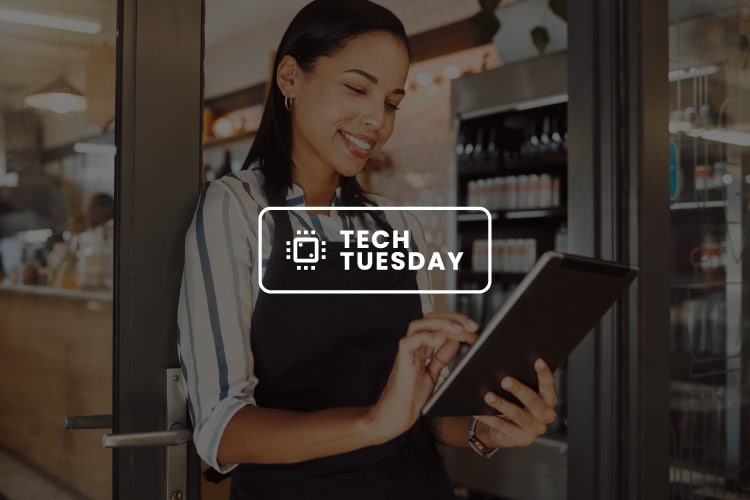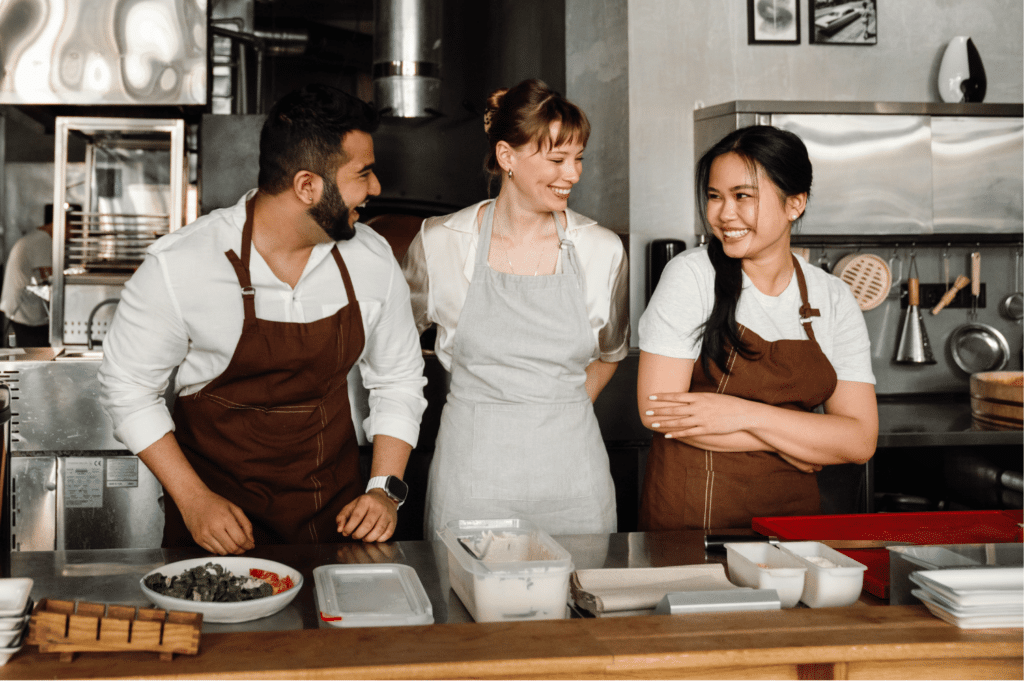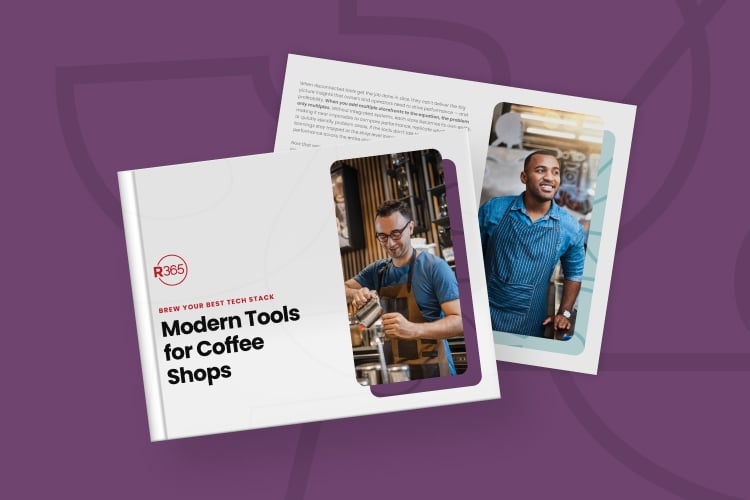Managing food costs is more important than ever. Food prices have risen 6.7% this year – outpacing inflation at 4%. Margarine, for example, spiked 22.5%, flour jumped 17.1%, bread climbed 12.5%, and sugar rose 11.1%. Meanwhile, juice and other nonalcoholic drinks popped 9.9%, lettuce went up 9.4%, ham grew 8.2%, and — brace yourself — ice cream went up 8%. With some food costs continuing to reach record highs, operators that can’t accurately and efficiently manage their inventory and purchasing process on an ongoing basis risk profitability.
Effectively tracking and optimizing restaurant purchasing to fill the walk-in, dry storage, and bar in a way that preserves and boosts margins requires much more than simply calling a supplier, sending a text, or emailing an order sheet. In this week’s Metric Monday, we’ll examine the key performance indicators, operational reports, and strategies that can help you understand usage, efficiently replenish supplies, and ultimately grow your margins and business.
Understand Cost of Goods Sold
The formula for your all-important CoGS seems simple:
(Beginning Inventory + Purchases) – Ending Inventory = COGS
However, this formula provides invaluable insight into usage between when you conducted your initial and final inventories. That usage can serve as a guideline for ordering. You can also divide that figure by your revenue that, when used for specific items, provides a percentage showing which ingredients account for the lion’s share of your sales. Today, integrated restaurant management platforms can automatically process and report this data for your entire library of ingredients, providing instant, accurate insight into where managers need to focus the most on purchasing to control costs.
Use Templates
Restaurants commonly have a stable of suppliers that can offer thousands of products. Creating templates saves managers’ time while helping to drive profitability. Using order templates built into a restaurant operations management platform helps restaurants avoid the potentially costly, lower-quality substitutions many vendors are often forced to offer while limiting managers’ choices to only the most fiscally efficient items vetted for quality.
Take a Shopping List
Digital shopping lists further streamline ordering efficiency by aggregating all the items you use from various vendors in a central list that lives on the cloud. For example, a manager walks through dry storage and notices items needed from three different vendors. With digital shopping lists, managers can select items and quantities in a few short steps and send out all the orders at once rather than spending time sending individual purchase orders to each inventory.
Integrate & Automate
EDI integration with your largest vendors shouldn’t only allow them to directly send you invoices. Using this data highway, entrepreneurial restaurant operators with the right management platform should be able to directly send their purchase orders back to those vendors, saving managers additional time and continually ensuring shelves are consistently stocked at the proper levels. Integrating vendors into a restaurant enterprise management system that already includes robust inventory, POS integration, accounting, and financial reporting empowers operators to receive automated alerts when specific stock counts are low with the option to directly place an order for more.
Conclusion
These tools and metrics are only part of a larger strategy for efficiently tracking and optimizing purchasing. Alongside them are a host of essential and ongoing activities that restaurant staff should be trained to perform daily and weekly. While many of them are simple, time-honored tasks, they help ensure that what you order gets on your shelves and used, which isn’t always guaranteed in the daily buzz of activity inside a restaurant. These include scheduling deliveries at the appropriate time, checking all deliveries for accuracy and quality, immediately putting everything away into an organized storage system, limiting access to high-value products, and practicing “first in, first out.” By empowering your ordering process with integrated technology and following these techniques, restaurant companies can better understand, and profitability manage constantly shifting inventories and needs in any economic climate.



